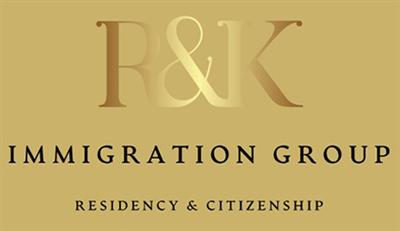Student visa (Subclass 500)
All of the following types of study are included on this visa.
- independent ELICOS (English Language Intensive Courses for Overseas Students)
- schools (primary and secondary)
- secondary school exchange program
- vocational education and training (VET)
- higher education
- postgraduate research
- non-award courses
- international students sponsored by the Department of Foreign Affairs or Defence.
Other visa optionsFor shorter periods of study, you can apply for a Visitor or Working Holiday Visa. There is also a visa option specifically for student guardians.
Visitor Visa (Subclasses 600, 601, 651)
- Maximum 3 months study.
- Intention to visit Australia is genuine.
- Meet health and character requirements.
- Sufficient money to support yourself during stay in Australia.
Working Holiday Visa (Subclass 417 and 462)
- Maximum 4 months study.
- Aged 18 to 30 years and hold an eligible passport.
- Principal purpose to holiday in Australia.
- Enter or remain in Australia as a genuine visitor.
- Meet health and character requirements.
- Sufficient funds for airfares and personal support for stay in Australia.
Evidence of Financial CapacityGenuine Access Requirement
All funds that can be accepted as evidence must be clearly available to the student in order to pay for their studies and living costs. The factors that may be considered include:
- The relationship of the sponsor (e.g. a parent or guardian’s funds are appropriate, but “family friends” bank accounts are not normally acceptable)
- Income, assets and employment history of sponsor/parent
- Previous visa history of the student (e.g. have they had difficulties in the past)
The following are sources of evidence of financial capacity:
- money deposit with a financial institution (bank)
- loan with a financial institution (bank)
- government loans
- scholarship
Option 1: 12 months living expenses
Show evidence of funds for travel costs plus 12 months of living and tuition costs. One year’s living expenses are designated as:
- Student: AUD$19,830
- Spouse or de-facto partner: AUD$6,940
- Any dependant children: AUD$2,970
Each school-age child requires AUD $8,000 for each year of schooling they will require (unless they have been provided with an exemption from a Government High School).
Option 2: Annual income of parents
Show evidence that the annual income of the student’s parents (combined if necessary) or spouse exceeds AUD$60,000 per year. If one or more members of the applicant’s family unit are seeking to satisfy the secondary criteria for the Student visa, they will need to demonstrate an income of AUD$70,000 per year.
This information must be provided on Government documentation (such as a tax return) which less than 12 months old.
Option 3: Secondary exchange students only
Show a completed Acceptable Advice for Secondary Exchange Student (AASES) Form
Student Guardian (Subclass 590)
- Provides for certain persons to reside with a student in Australia, where the student requires a guardian, ie: the student is under 18 years of age.
- Study up to 3 months or study ELICOS for 20 hours per week for duration of visa.
- Meet Genuine Temporary Entrant requirement.
- Sufficient funds for airfares and living costs.
- Meet health and character requirements.
- Acceptable health insurance.
Which are the "Best" Australian Universities?
Group of 8 (Go8)
These are research intensive universities and are amongst the oldest in Australia.
They are regularly listed towards the top of any ranking scheme that includes Australian universities.
They also:
- receive over 70% of national research grants,
- employ 80% of university researchers,
- produce 60% of research publications,
- generate 80% of the most highly cited university publications.
- University of Adelaide
- Australian National University
- University of Melbourne
- Monash University
- University of New South Wales
- University of Queensland
- University of Sydney
- University of Western Australia
Australian Technology Network of Universities (ATN)
This is a grouping of five universities that share a common focus regarding the practical application of tertiary studies and research.
The members are:
- Curtin University of Technology
- University of South Australia
- RMIT University
- University of Technology Sydney
- Queensland University of Technology
Innovative Research Universities Australia (IRU Australia)
This is a grouping of seven universities, established as research-based universities with:
- a comprehensive disciplinary coverage,
- a strong commitment to innovation,
- an inter-disciplinary focus.
The members are:
- Charles Darwin University
- Flinders University
- Griffith University
- James Cook University
- La Trobe University
- Murdoch University
- The University of Newcastle
Regional Universities
These are universities that serve the needs of a regional area in Australia:
- Central Queensland University
- Charles Darwin University
- Charles Sturt University
- Deakin University
- James Cook University
- La Trobe University
- The University of New England
- The University of Newcastle
- University of Ballarat
- University of Southern Queensland
- University of the Sunshine Coast
- University of Tasmania
- University of Wollongong
International groupings
One of the most noteworthy groups that includes these Australian universities is Universitas 21:
- University of Melbourne,
- University of New South Wales,
- University of Queensland.

